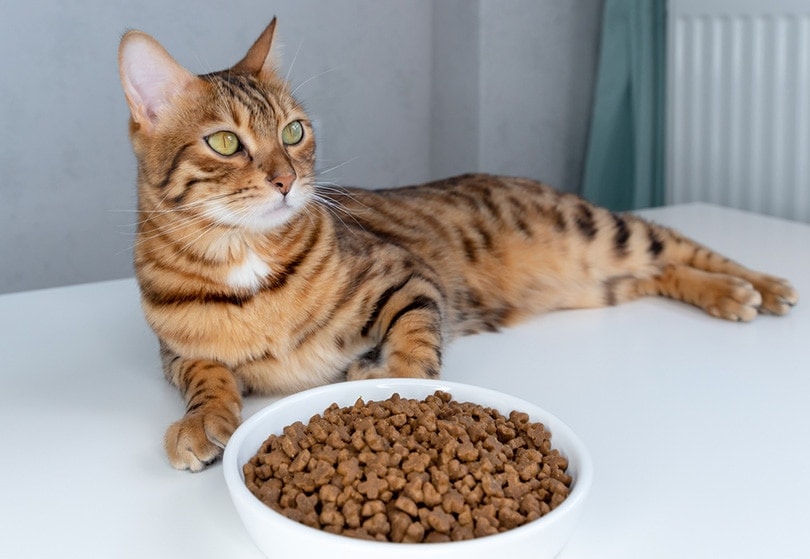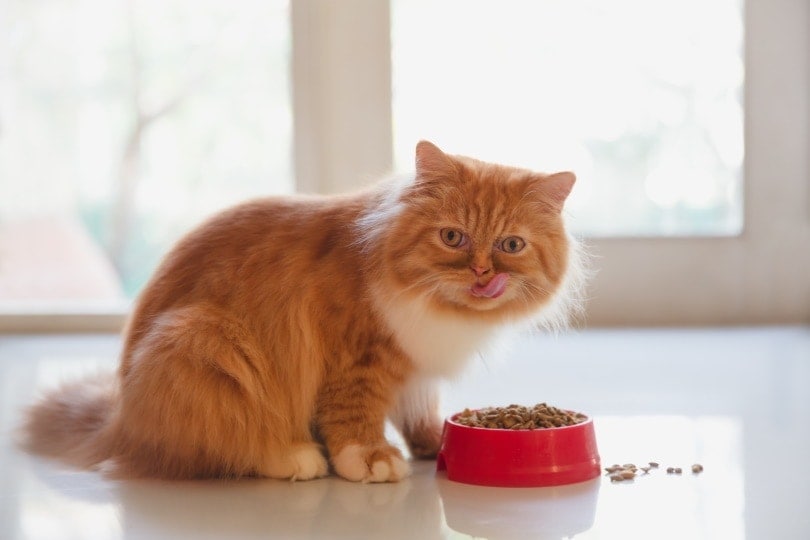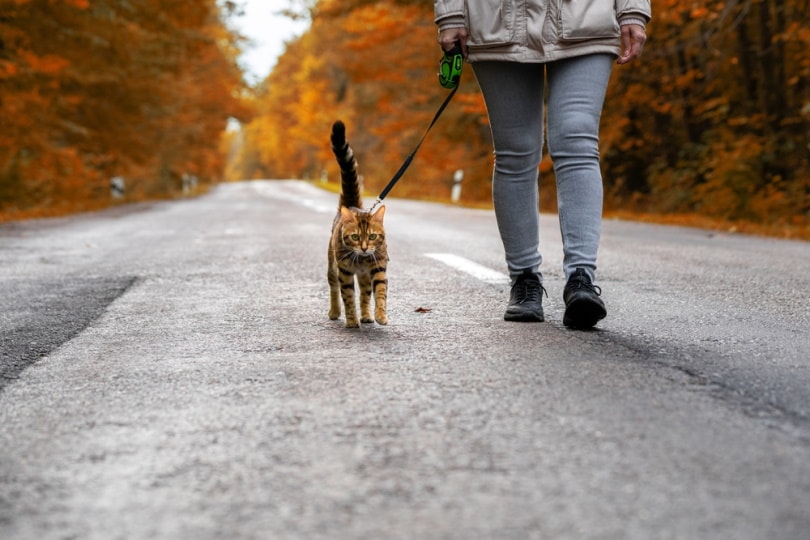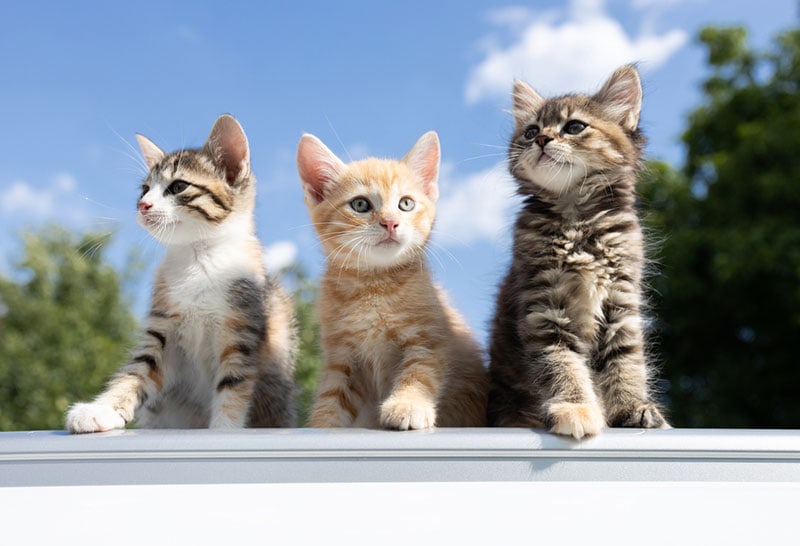Cat Not Eating After Move, Are They Alright? Vet-Approved Facts & Tips
By Lorre Luther
Updated on

If you’ve recently moved with your cat to a new home and it hasn’t eaten for a few days, you might be a bit concerned, leading you to wonder if your furry friend is okay or if you need to start thinking about scheduling a visit with your veterinarian. Moving is stressful for cats, just like it is for people. It’s normal for cats to become stressed after a move, and not eating is one way anxiety manifests in kitties. Give your cat lots of love and attention, and reach out to your veterinarian if your pet hasn’t eaten in more than 2 days.
Should I Be Worried About My Cat Not Eating?
It’s a cause for concern when a cat stops eating, even for a short time. There can be several reasons why your buddy isn’t eating. The cause can be anything from stress to a severe illness. Stress is the most likely culprit if you’ve just moved and your cat hasn’t eaten for a day.
Studies have repeatedly shown that moving is one of the most stressful life events for humans. There’s no reason to expect it should be any different for your cat. The move may surprise your cat, and you’ve most likely been busy with the preparations, making it more difficult for your pet to get the emotional support they’re probably accustomed to receiving. If your pet is an indoor cat, they’ve been torn away from everything they’ve known; every safe place and comforting smell has suddenly vanished.

How Long Does It Take For a Cat to Adjust After Moving?
It depends. Some cats are fine with moving and happy as long as they have a litter box and their family. Other cats are home-bodies and require more time to feel comfortable in new surroundings. When it comes to eating, most healthy cats suffering from stress or anxiety directly caused by moving will begin to improve within one or two days of being introduced to their new home.
Are There Things I Can Do To Help My Cat Adjust?
Reducing your cat’s anxiety will go a long way toward getting them through this challenging period as quickly as possible. If your cat isolates itself, allow it to come to you and be prepared to give them treats and extra attention. Follow your cat’s lead and allow them to determine how much interaction they want and when.
Make sure you’ve brought your pet’s favorite toys, bedding, and blankets, and place them where you think your kitty will feel safe. Finally, remember to unpack your cat’s litter box first after the move. Show your cat where their bathroom is and do a quick safety check to ensure there aren’t any access issues that might prevent your cat from getting to the toilet.
Safety Tips for Moving
A few dangers can crop up when you’re moving, including return attempts, exposure to potentially toxic plants, and your cat eating something problematic like tape or twine.
To protect your cat during the transition period, you should keep them inside for a minimum of two weeks before letting them go outside unsupervised to prevent them from returning to their old home. Some veterinarians even recommend extending this period to 6 weeks. Consider taking your cat out on a leash and harness for daily supervised outside adventures to help them get to know their new surroundings. Daily walks with your cat may go a long way toward reducing your cat’s stress levels by providing exercise and dedicated human-cat bonding time.

Keeping your cat inside for a few weeks will also give you time to examine your yard. There are several plants that are toxic to cats. The best way to prevent an emergency visit to the veterinarian is to remove potentially toxic plants from your garden before your cat has a chance to get into them.
Finally, moving can be dangerous because packing tape and twine can be hazardous to cats, causing intestinal blockages that can lead to an emergency visit to the veterinarian.
Items such as toothpaste and cleaning products are also potentially harmful to cats. Household cleaners, human medications, and personal care items often get left out in the open while you’re unpacking, and many of them can make your cat sick, depending on the product and how much your cat eats. Try to unpack these items first and store them safely away for the cat’s health and your peace of mind!
Related Read:
- Why Did My Cat Suddenly Stop Eating? 7 Vet-Reviewed Reasons
- How to Tell If a Cat Is Stressed – What To Look Out For
Featured Image Credit: Svetlana Rey, Shutterstock











